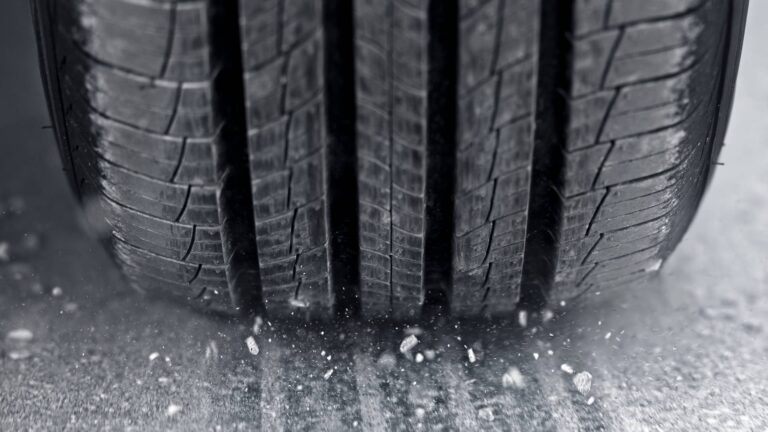Photo: Getty Images
When contemplating the emissions from road vehicles, our first thought is often about the various gases coming out of the tailpipe. However, new research shows that we should be more concerned with the harmful particles that are shed from tires and brakes.
Scientists have a good understanding of engine emissions, which typically consist of unburnt fuel, oxides of carbon and nitrogen, and particulate matter related to combustion. However, new research shared by Yale Environment 360 indicates that there may be a whole host of toxic chemicals being shed from tires and brakes that have been largely ignored until now. Even worse, these emissions may be so significant that they actually exceed those from a typical car’s exhaust output.
A research paper published in 2020 highlighted the impact of tire pollution by examining the plight of coho salmon in West Coast streams. Scientists eventually identified a chemical called 6PPD, typically used in tire manufacturing to slow cracking and degradation. When exposed to ozone in the atmosphere, the chemical transforms into multiple other species, including 6PPD-quinone—which was found to be highly toxic to multiple fish, including coho salmon. The same chemical has since been detected in human urine, though any potential health impacts remain unknown.
The discovery of 6PPD-q and its impact has brought new scrutiny to the pollution generated by particles shedding from tires and brakes. In particular, tire rubber is made up of over 400 different chemical compounds, many of which are known to have negative effects on human health.
New research efforts are only just beginning to reveal the impact of near-invisible tire and brake dust. A report from the Pew Charitable Trust found that 78 percent of ocean microplastics are from synthetic tire rubber. These toxic particles often end up ingested by marine animals, where they can cause neurological effects, behavioral changes, and abnormal growth.
Meanwhile, British firm Emissions Analytics spent three years studying tires. The group found that a single car’s four tires collectively release 1 trillion “ultrafine” particles for every single kilometer (0.6 miles) driven. These particles, under 100 nanometers in size, are so tiny that they can pass directly through the lungs and into the blood. They can even cross the body’s blood-brain barrier. The Imperial College London has also studied the issue, noting that “There is emerging evidence that […]
Full article: www.thedrive.com

